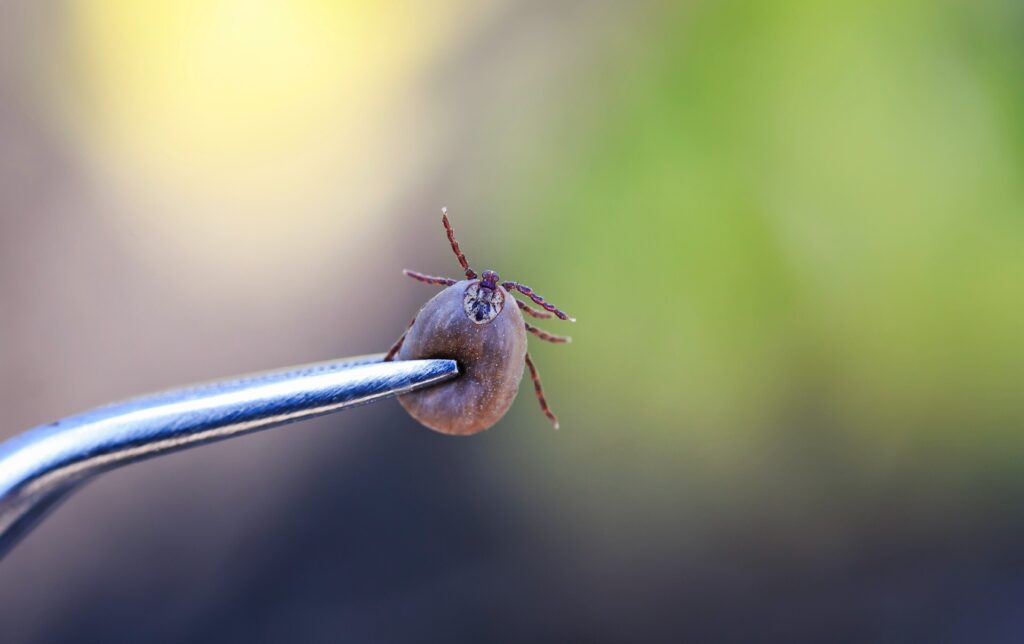Most confirmed cases of Lyme disease last year were reported in the South West, South East and London regions, latest data shows, with the public reminded to look out for tick bites and rash this summer.
UK Health Security Agency officials advised the public to be alert to the signs of Lyme disease – including the telltale bullseye rash – and to be quick to seek help from GP practices if needed.
It comes as the latest annual data shows 1,581 laboratory confirmed cases of Lyme disease were reported in 2024.
While 5% lower than the previous year, numbers to fluctuate and it is likely to be an underestimate of the true burden of Lyme disease in England, UKHSA believes.
Related Article: Funding announced to pilot NHS weight loss treatments in pharmacies
This is largely because NICE recommends making a clinical diagnosis of acute Lyme disease on the basis of the rash with no need for testing.
Cases have been reported from around the country, but most confirmed diagnoses in 2024 were in people living in the South West, South East and London regions, the figures show.
Levels are back to those seen before the pandemic when cases dropped off during lockdowns.
As people may not notice a tick bite it is important to check for them after spending time outdoors experts said.
To pass on a Lyme disease infection, the tick needs to be attached for many hours, so people need not worry if they spot one that is just crawling on you, the UKHSA guidance noted.
Tick bites and Lyme disease is not treatable under the Pharmacy First clinical pathway for infected insect bites, with patients needing to be signposted onwards, but patients may present to pharmacies with symptoms.
Related Article: UKHSA urges MMR vigilance as measles cases continue to rise
The most common symptom in someone who develops Lyme disease is a spreading ‘bullseye’ rash at the site of the tick bite that can develop between 3 to 30 days after the bite.
But not everyone gets the rash and other symptoms to be alert for include a fever, headache and fatigue, a facial droop, nerve pains and numbness or tingling in the hands or feet.
Lyme disease can be successfully treated with antibiotics so people should contact their GP if they get any symptoms UKHSA said.
Christina Petridou, consultant microbiologist at UKHSA, said: ‘It’s really important that people continue to be tick aware this summer to protect themselves against Lyme disease.
‘After spending time in nature, people should take precautions such as checking for ticks and promptly and safely removing them which will reduce chances of infection.
Related Article: Optimising heart failure reviews: practical tips for primary care pharmacists
‘If you notice any symptoms like a spreading circular rash, flu-like symptoms, nerve pain or a droop on one or both sides of the face within a few weeks of being bitten by a tick, contact your GP or dial NHS 111.’
This article was first published by our sister publication Pulse.


Have your say
Please add your comment in the box below. You can include links, but HTML is not permitted. Please note that comments are not moderated before publication and the views expressed are those of the user and do not reflect the views of The Pharmacist. Remember that submission of comments is governed by our Terms and Conditions. You can also read our full guidelines on article comments here – but please be aware that you are legally liable for any libellous or offensive comments that you make. If you have a complaint about a comment or are concerned that a comment breaches our terms and conditions, please use the ‘Report this comment’ function to alert our web team.